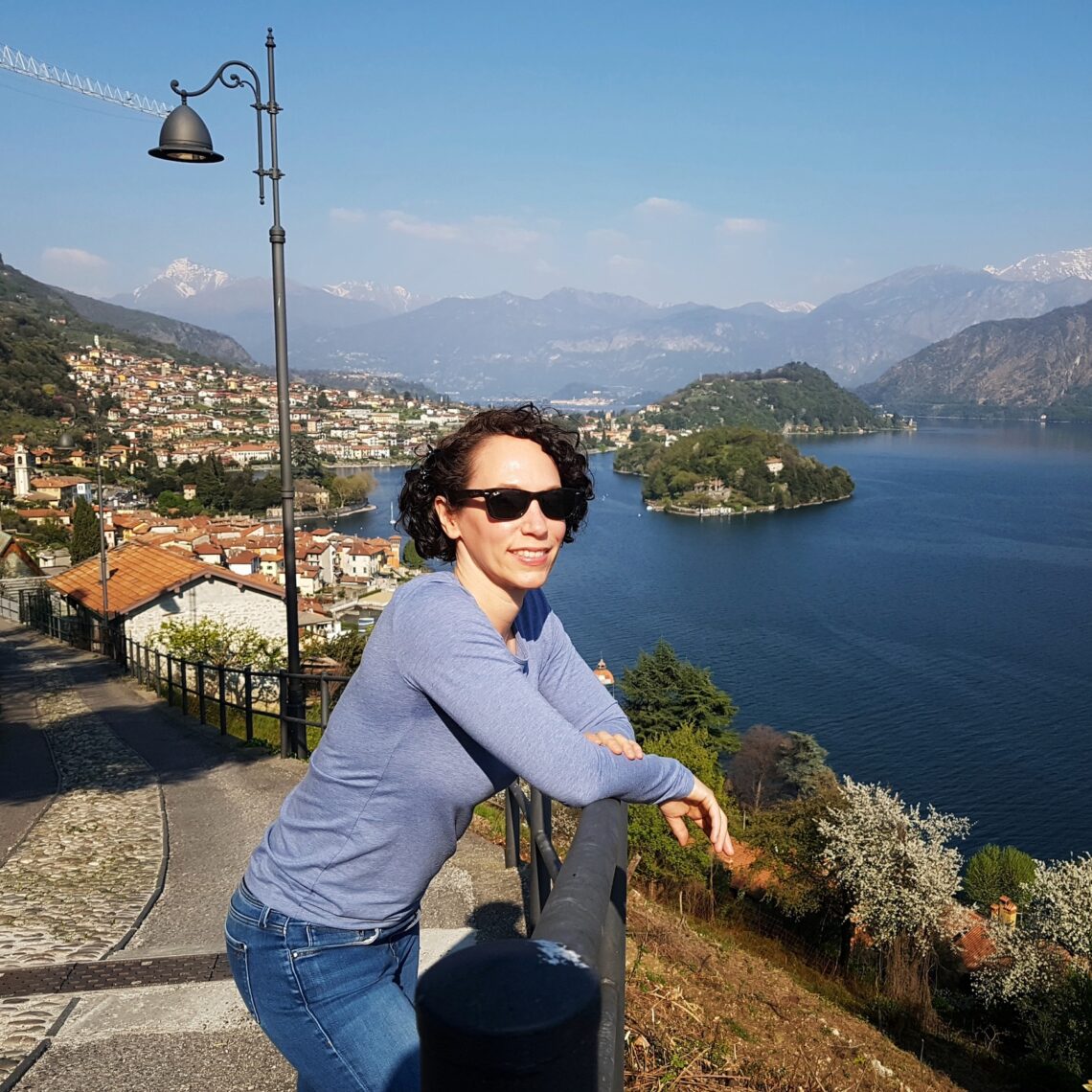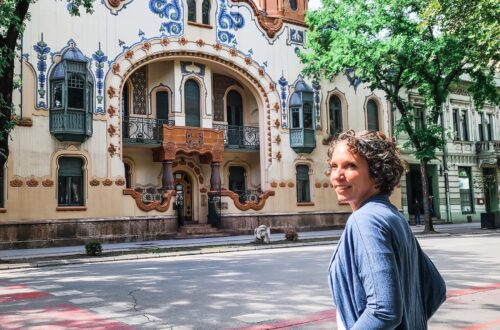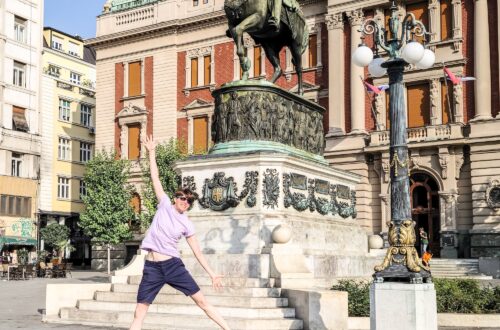
How To Budget For Year Of Slow Travel
How Much Does It Cost To Travel Around The World For A Year
It’s the number one question we receive from our audience: How much does our life of full-time travel cost? In truth, each person’s budget for travel will be as unique as their particular set of preferences, wants and needs. What we consider a necessity — a fully equipped and totally private AirBnB for example — is another person’s extravagance. Still, after giving up our home in 2019 to take to the road full time, we do have a few tips for making it easier to estimate your own costs for a year of travel.
Budgeting for long-term travel is very different from budgeting for a two week vacation. When you budget for a vacation, you likely know exactly where and when you’re going. You’ve probably researched how you’re getting there and where you’ll stay. The costs are usually very well defined.
On the other hand, when planning for a year of travel, although you may have an itinerary in mind, you never really know where your journey will take you. And that’s a good thing because it will leave you open to spontaneity and discovery. But it can be challenging to create a budget when there are many unknowns.
So if you’re prepared to get practical about creating a budget, there are a few items to nail down:
- The cost of getting in and out of each destination
- The cost of living in each country
- The cost of being a tourist, because you’re going to want to experience everything the destination has to offer
We recommend getting started by having some idea of the countries you want to visit during the year and roughly how long for each one. Using the categories below, you can then research the costs of living in those countries to come up with an average monthly cost to apply to the full year. Once you combine that with your major flights to get in and out of regions and countries, you’ll have a good basis for a full year budget. You can then finetune it as your plans take shape.
Remember, if one country turns out to be more expensive than expected, you can balance it out by spending more time in a lower cost destination.
As well, the slower you travel, the lower your costs will become. For example, you can tap into longer stay discounts on accommodations.
Here are the categories that you should consider when putting together your budget. Where it’s relevant, we’ve shared our own budget for those categories.
International Transportation
A couple key considerations for major transportation. Are you going to be taking multiple long-haul flights between continents during your journey, which can really add up? Or are you slow traveling within just a couple regions using low-cost carriers, which is typically a more cost-effective way to travel. In Asia and Europe, for example, you can explore quite a bit of those regions using budget airlines, which is really helpful for managing costs.
For our budget, we set a maximum amount $2600 USD per year for our major transportation. This is to cover all international travel whether by plane, train, ferry, or any other means of transport.
Some people may be able to reduce their transportation budgets significantly through travel hacking and points. Since we’re not American, we don’t have access to as many travel hacking options. Instead we manage our transportation costs through slow travel, specifically by spending a month or more in each country.
Clothing & Gear
Let’s move on to clothing and gear. By gear we mean anything you bring along: luggage, technology, sporting equipment and so on. Whether you’ll need to buy anything new for your trip will depend on what activities you will be doing during your travels and what you already own.
Although needs will vary from person to person, we would caution against spending a lot of money to kit yourself out based on an image you have of what a traveller looks like or needs. The fact is that, no matter how much you think ahead, you’ll end up adjusting your gear along the way. Fortunately you can get what you need on the road and often at a lower cost.
Accommodations
Our next category is usually the one that drives up your budget but doesn’t have to…and that is accommodations. If you are on a tight budget, there are a range of free options available, including house sitting, couch surfing or even trading volunteer hours for lodging. Just a note about house sitting, while you don’t have to pay, this usually comes with the added responsibility of looking after the owner’s pets.
Next there are the low cost options, such as hostels or private rooms in AirBnBs These are particularly good for solo travellers who are looking for opportunities to meet other people. Finally there are the midrange and higher options, which could be AirBnB apartments or even hotels. Your choice depends on your budget and also the level of comfort and privacy that you prefer.
If you are interested in long term stays, we always recommend AirBnB. To come up with our budget, we used the AirBnB platform to research monthly rates in the countries we plan to go. We aim to spend $900 USD per month for our accommodations, although some places will cost more and others will be less. For more on how to find the perfect AirBnB to suit your needs, here is a recent video:
Groceries & Dining Out
Let’s move on to our favourite category which is groceries and dining out. This one is quite flexible depending on your own preferences and the choices you make. Some people like to eat out for as many meals as possible, while others enjoy cooking at home even when they’re on the road.
We adjust our practices depending where we are travelling. In countries where eating out is cheap, we will eat out more often — one of the joys of traveling for us is discovering the local food. However we still do a lot of cooking at home, which we find enjoyable to do and also healthy.
We budget around $700 USD a month for two of us for groceries and dining out. In lower cost countries like Turkey we spent way less even though we were eating out once or twice a day. In Italy, which is a higher cost country, we cooked most of our meals at home and had just a few meals out for that amount.
If you have a few specific destinations in mind, you can compare costs for groceries and restaurants against what you currently pay at home using a tool like Numbeo and use those amounts to estimate your budget.
Entertainment
Entertainment is another flexible category depending on your preferences. In every destination, there are many ways to spend your money: activities, classes, admission to attractions, group tours, private tours and so on. Since the sky’s the limit, you may want to set a spending cap for each place or on a monthly basis. We give ourselves a monthly allowance that we can each spend at our discretion every month.
As you consider your entertainment budget, don’t forget to include any ongoing subscriptions you plan to continue like Netflix and Spotify.
Local Transportation
We’ve already covered transportation between different countries. This next category refers to transportation once you reach your destination. Your budget needs will depend on what you plan to see and do during your visit and how far you expect to stay from those places.
For us, we typically choose accommodation that is close enough to the centre that we can generally walk everywhere. You can save money by staying further out, but in that case you will need to budget for getting around whether by public transit, Uber or the local alternative.
Fitness
If you like to go to a gym regularly, even while you’re traveling, you can consider setting aside a budget for this item. Since we like getting to the gym regularly, we budget $75 a month to cover both of us. In low cost countries, this has been more than enough. In high cost countries we’ve needed to top it up a bit.
Data
For data, your costs to stay connected will vary depending on your approach and the amount of data you need. The cheapest option is to simply rely on wifi in your accommodation, cafes and restaurants. But that’s not always convenient so the next best if you have an unlocked phone is to buy a local SIM card. If you don’t want to switch around SIM cards in each new country, Americans can consider plans with Google Fi or T-Mobile. In our case we use a global data provider and budget $30 each month towards data.
Health Insurance
Regarding insurance, we believe everyone should have some form of health insurance in place for their overseas travel, even if it’s just low-cost high-deductible policy that will cover you in a worst case event. We have an international policy which comes in at $130 for the two of us. Since this is an emergency rather than comprehensive policy, we also budget $2,500 USD per year to cover any out of pocket health or dental care needs while we are on the road.
For anyone whose travels include time in the US, you can expect to pay more than what we’ve mentioned. In all cases, you should research insurance requirements further based on your own needs.
Expenses from home
If you are traveling for a year, you’ll also need to consider how to manage your primary residence in your home country. If you own, consider whether to rent out or even sell. If you rent, consider whether to sublet or end your lease.
It’s possible that you may want to move your personal effects into storage, which means including the cost of storage in your budget. We did a huge downsizing ahead of our travels and only kept a small storage locker to hold our momentos.
You’ll also need to consider what to do about your mail. We moved to electronic statements wherever possible but do use a mail scanning and forwarding service for those few physical mail items we receive.
Other expenses…
Some other costs that we won’t drill into include things like Visas, which may be required for some countries, ATM fees, toiletries, haircuts, household items, donations and gifts. You’ll want to consider your own needs and budget for these areas as well.
Tracking our expenditures
Once you have a budget in hand, the next challenge is to stay within it over the duration of your trip. We stay within our budget by tracking all of our expenditures…every single dollar and penny we spend. We personally use an app called You Need a Budget but there are lots of great tools out there for tracking your budget.
No matter what tool you use, what’s important is to understand where your money is going over the course of each month.
That will help ensure that you have money left for the good stuff at each destination, such as food and tours and other experiences.
For more slow travel content, click here to subscribe to our YouTube channel.





2 Comments
Pingback:
Pingback: